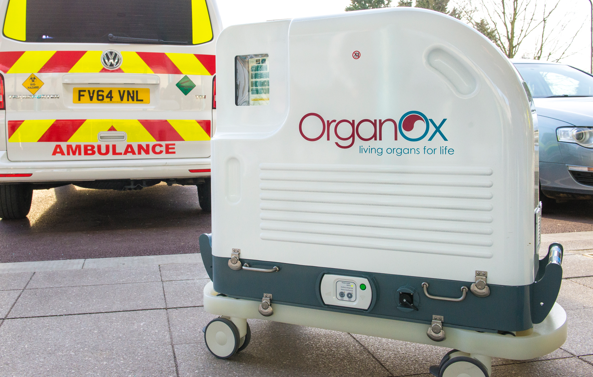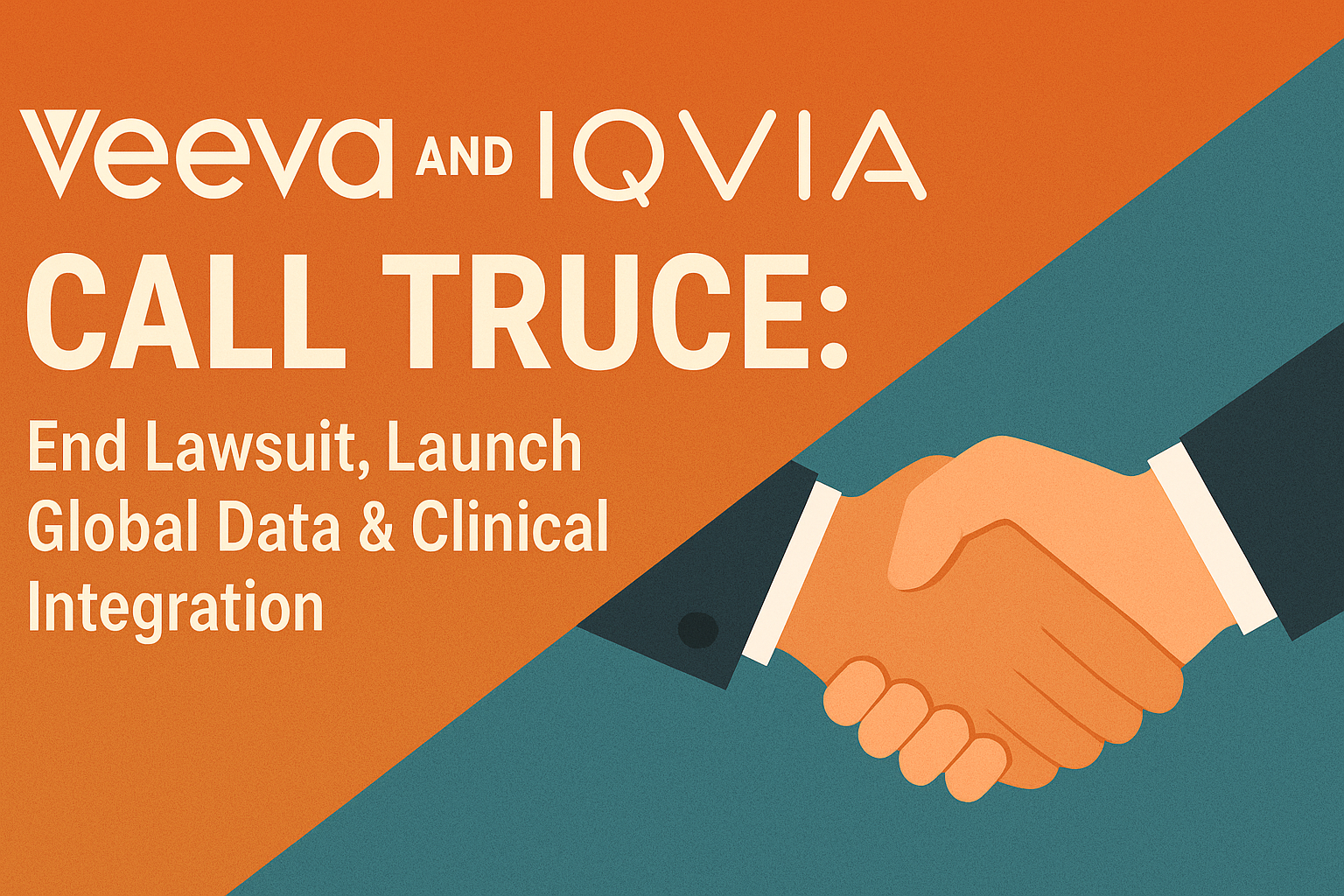Quantum computing is the latest shiny object in healthcare IT. Headlines trumpet its ability to solve the unsolvable, to accelerate drug discovery, and to personalise medicine at a level classical AI can only dream of. The reality, however, is a little noisier, literally. In 2025, we are firmly in what researchers call the NISQ era. NISQ stands for Noisy Intermediate-Scale Quantum, where machines are powerful but error-prone, and purely quantum solutions remain more PowerPoint than product.
Why the Hype?
The hype is not entirely misplaced. Biology and chemistry are inherently quantum systems. Simulating how a drug molecule interacts with a protein is not just hard for classical supercomputers; it’s unnatural. Classical methods rely on approximations. Quantum computers, in theory, model these interactions directly. That’s why pharma giants are experimenting: Cleveland Clinic has an IBM Quantum System One installed on-site, the first dedicated to healthcare. Early results show hybrid quantum-classical workflows can outperform DeepMind’s AlphaFold on narrow protein-folding tasks.
Why the Reality Check?
The breakthroughs so far are niche, fragile, and deeply dependent on clever hybridisation with classical HPC. A systematic review of nearly 5,000 research papers (2015–2024) found no consistent evidence that quantum machine learning currently beats classical methods for healthcare. Many proofs of concept run in “noiseless simulations” that collapse when ported to real hardware. And the qubit counts remain too low for practical drug-scale simulations.
Even in genomics, often billed as the killer app for quantum computing, the maths doesn’t add up. Encoding billions of data points into qubits introduces overhead that wipes out theoretical speedups. For now, Europe’s quantum advantage is likely to remain incremental: narrow use cases, tightly scoped, with the real value in hybrid algorithms.
Why Europe Must Care Now: Security
The most immediate and non-negotiable issue is not discovery but security. A sufficiently powerful quantum machine will break today’s public-key cryptography (RSA, ECC). Healthcare is especially exposed, with decades-long data sensitivity. The threat isn’t theoretical, it’s already here. Adversaries are harvesting encrypted medical data today, betting on decrypting it later (“Harvest Now, Decrypt Later”). The US NIST has finalised post-quantum cryptography standard (CRYSTALS-Kyber, CRYSTALS-Dilithium) in 2024. GDPR’s mandate for “appropriate technical measures” means EU hospitals, medtech, and pharma firms will have to migrate.
Strategic Takeaway
Quantum computing in healthcare is not snake oil, but nor is it a silver bullet. In the short term, Europe’s smartest bets are twofold:
- Defensive: Migrate to post-quantum cryptography before Y2Q arrives.
- Pragmatic: Invest in hybrid models where quantum adds value to a specific pain point, not the whole pipeline.
Quantum may indeed change healthcare. But for now, the winning strategy is less “revolution at the bedside” and more “upgrade in the back office.” The future belongs to those who can separate signal from quantum noise.
This content has been enhanced with GenAI.















